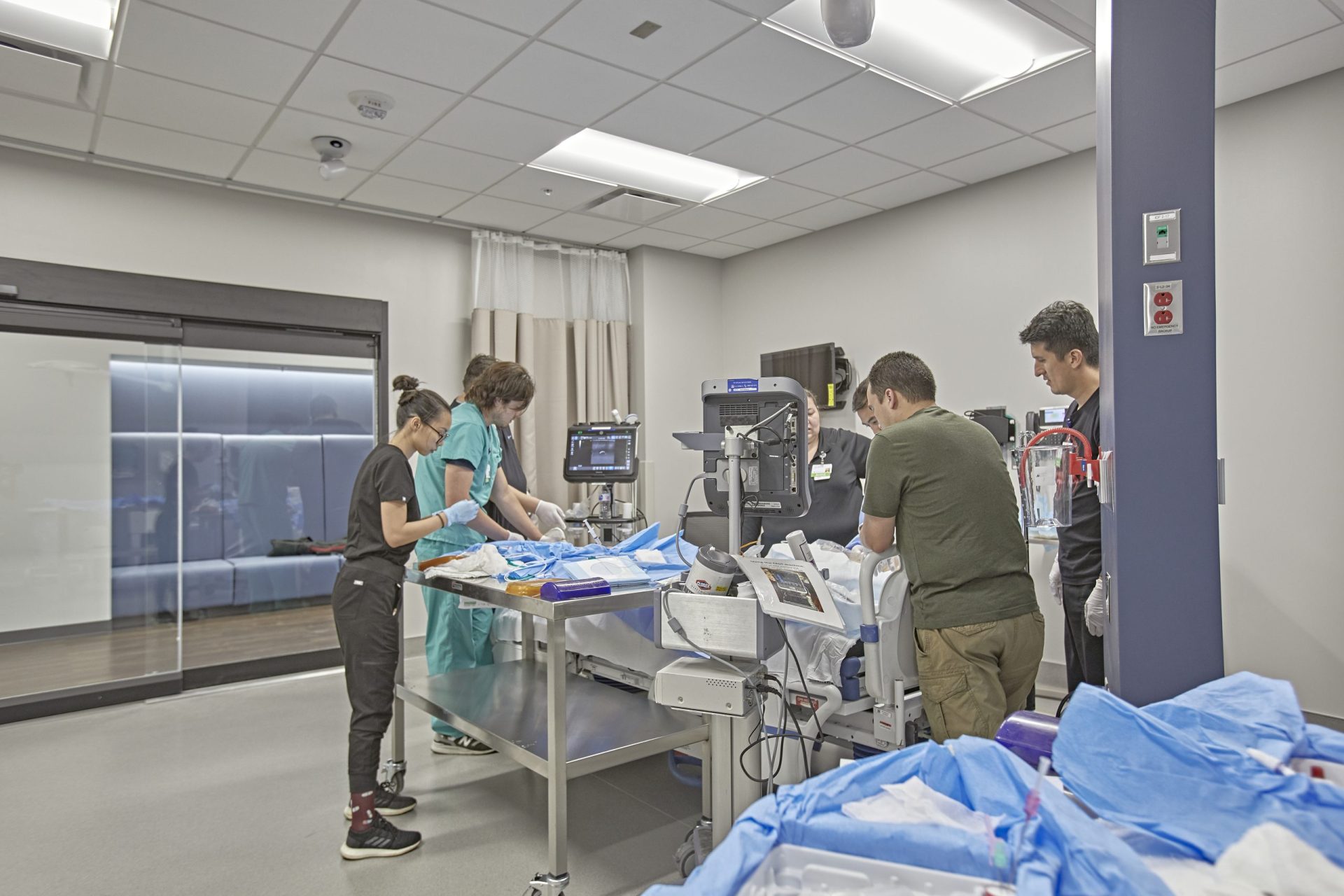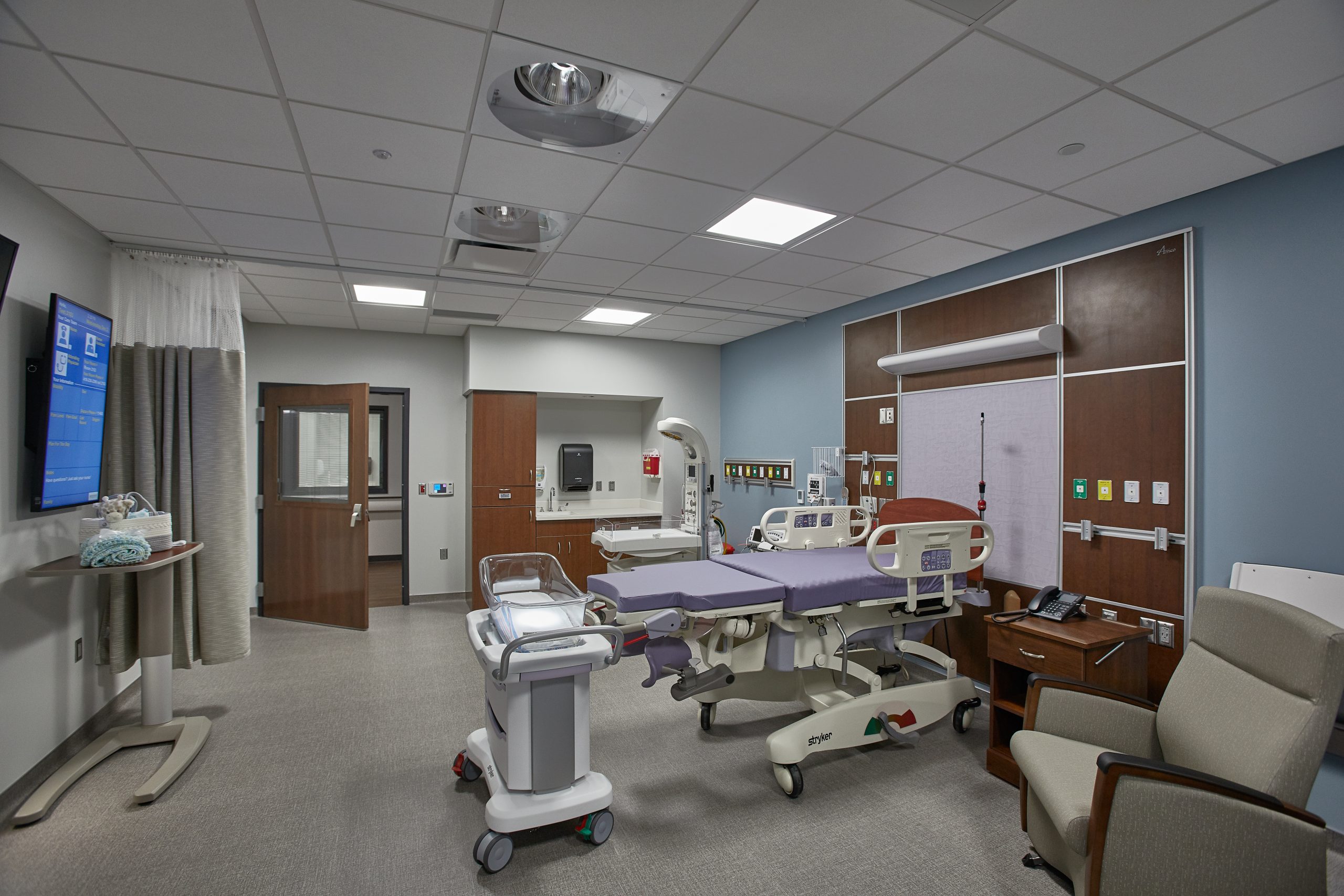The Future of Healthcare Design: A Review from DC’s Healthcare Studio Leader
By Bill Ledger, AIA, ACHA, NCARB, EDAC, LEED AP, LSSGB
October 3, 2023Post Tagged in
 |
The U.S. healthcare industry continues to experience major challenges and evolutions on many fronts. It’s also no secret that the COVID-19 pandemic exposed vulnerabilities in our healthcare system that were mostly known but not really challenged or fully addressed. The confluence of these and other drivers of change have, and will continue to have, significant impacts on not only the delivery of care but also where and how that care is delivered.
|

